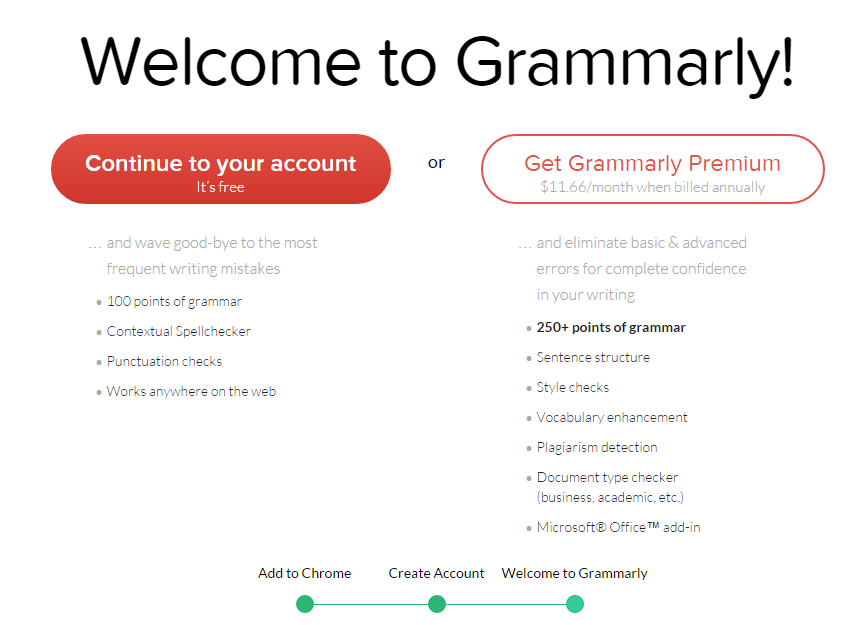Though it is true that the real information about the quality of text can be collected by reading it, there exist better empirical ways to do that for you. To judge the text in accordance with such empirical methods require some raw data.
For instance, the average number of words per unit sentence, the percentage of complex words in the text, and the average number of syllables per word.
To understand this even further, you would need to know what a syllable is. A syllable is basically a unit of sound in a word. Let us take an example; If you say the word 'maker', you are combining two syllables, 'ma' and 'ker'.
Now, the texts for this experiment were taken from various sources in different period of times.
The Study Participants
First we have Harold Pinter, Nobel Prize in Literature in 2005. The text was taken from his Noble Prize acceptance speech.
Second we have, Alison Munro, another noble laureate in the field of literature, who received the prize in 2013. Her style of writing is short stories and the text was taken from 'Passion' one of her popular short stories.
Third we have Amartya Sen, the Indian economist who received the Sveriges Riksbank Prize in Economic Sciences in 1998. The text was taken from his book, 'The Idea of Justice'.
Lastly, we have Oliver E Williamson, who received the Sveriges Riksbank Prize In Economic Sciences in 2009. He wrote a book on Transaction-Cost Economics: The Governance of Contractual Relation, from which the text was taken.
The Study
Now that we have introduced the participants of the study, we need to understand the reason for their selection. For both literature and economic laureates the idea was to include two types of passage with the amount of time varying as between 10 to 15 years. Also, the participants were to belong to different countries. This idea however proved inefficient as the noble laureates in Literature from different countries than US and England tend to write in languages different than English. Hence finding a laureate with major works in English was exceptionally difficult.
Analysis of the Results
It is true, not all text excerpts were of the same size, which is partly because of the difference in media and mode of text found. Speeches in particular need to be taken as a whole instead of small excerpts (Full chapter) from a book. Similarly, short stories should also be considered as a whole instead of a part.
| Name of The nobel Laureate(Award Details) | Harold Pinter (Nobel Prize in Literature 2005) | Alison Munro(Nobel Prize in Literature 2013) | Amartya Sen (The SverigesRiksbank Prize in Economic Sciences in Memory of Alfred Nobel 1998) | Oliver E. Williamson (TheSveriges Riksbank Prize In Economic Sciences In Memory Of Alfred Nobel 2009) |
|---|---|---|---|---|
| Source of Text | Nobel Lecture (Speech) December 7, 2005 | Passion (Short Story), fromMarch 22, 2004 Issue of New Yorker | The Idea of Justice (Book), The Belknap Press of Harvard University Press Cambridge, Massachusetts. | Transaction-Cost Economics:The Governance Of Contractual Relation (Book), Oliver E. Williamson University Of Pennsylvania |
| Number of sentences | 367 | 956 | 20 | 24 |
| Number of words | 4698 | 11460 | 636 | 527 |
| Number of complex words | 650 | 640 | 122 | 159 |
| Percentage of complex words | 13.84% | 5.58% | 19.18% | 30.17% |
| Average words per sentence | 12.8 | 11.99 | 31.8 | 21.96 |
| Average syllables per word | 1.53 | 1.3 | 1.64 | 1.94 |
| Minimum age required to understand the text | 13-14 Years | 11-12 Years | 21-22 Year | 22-23 Years |
As is evident, the percentage of complex words (methodology of counting which is still unknown) is considerably higher in the case of economists in comparison to the literature laureates. Similarly the average number of words per sentence too is about 3 times the ones used by laureates in literature.
Though the average syllables per word tends to increase as you use higher/ complex words, the average syllables per word for all four of our participants were comparable.
Hence According to the tests through read-able.com, the minimum age of any reader trying to read one of their typical texts range from 11 to 14 years for literature laureates. Hmm, their writings do not seem so tough to understand now. Also, the writings of economics laureates tend to fall within the range of 21 to 23 years.
Based on the raw data found in the previous table, one can determine these important indices to examine the text sample.
Advanced Tests
As per the results of Flesch Kincaid Reading Ease test, where a higher score means that the text is easier to read, you can see that due to the number of complex words, the score for economics Nobel laureates are considerably lower than their literature counterparts.
According to SMOG Index, Alison Munro's piece on passion depicted the use of simple words, thereby leading to better understanding of the text. The same can be correlated with the Coleman Liau Index with the highest for Oliver E. Williamson.
| Parameter | Nobel Laureates | ||||
|---|---|---|---|---|---|
| Name | Name of The nobel Laureate (Award Details) | Harold Pinter (Nobel Prize in Literature 2005) | Alison Munro (Nobel Prize in Literature 2013) | Amartya Sen (The Sveriges Riksbank Prize in Economic Sciences in Memory of Alfred Nobel 1998) | Oliver E. Williamson (The Sveriges Riksbank Prize In Economic Sciences In Memory Of Alfred Nobel 2009) |
| Source of Text | Type of Text, Date/ source | Nobel Lecture (Speech) December 7, 2005 | Passion (Short Story), from March 22, 2004 Issue of New Yorker | The Idea of Justice (Book), The Belknap Press of Harvard University Press Cambridge, Massachusetts. | Transaction-Cost Economics: The Governance Of Contractual Relation (Book), Oliver E. Williamson University Of Pennsylvania |
| Flesch Kincaid Reading Ease | (A high score means the text is easier to read) | 64.4 | 84.6 | 35.4 | 20.2 |
| SMOG Index | Greater the Score, tougher the text | 7.8 | 5 | 14.2 | 14.8 |
| Coleman Liau Index | Shows the Grade of student required | 10.8 | 8.1 | 13.4 | 17.8 |
Related Reading
You can check out our article on the relationship between reading ease and viewership here.
This was,





















































.png)

.png)